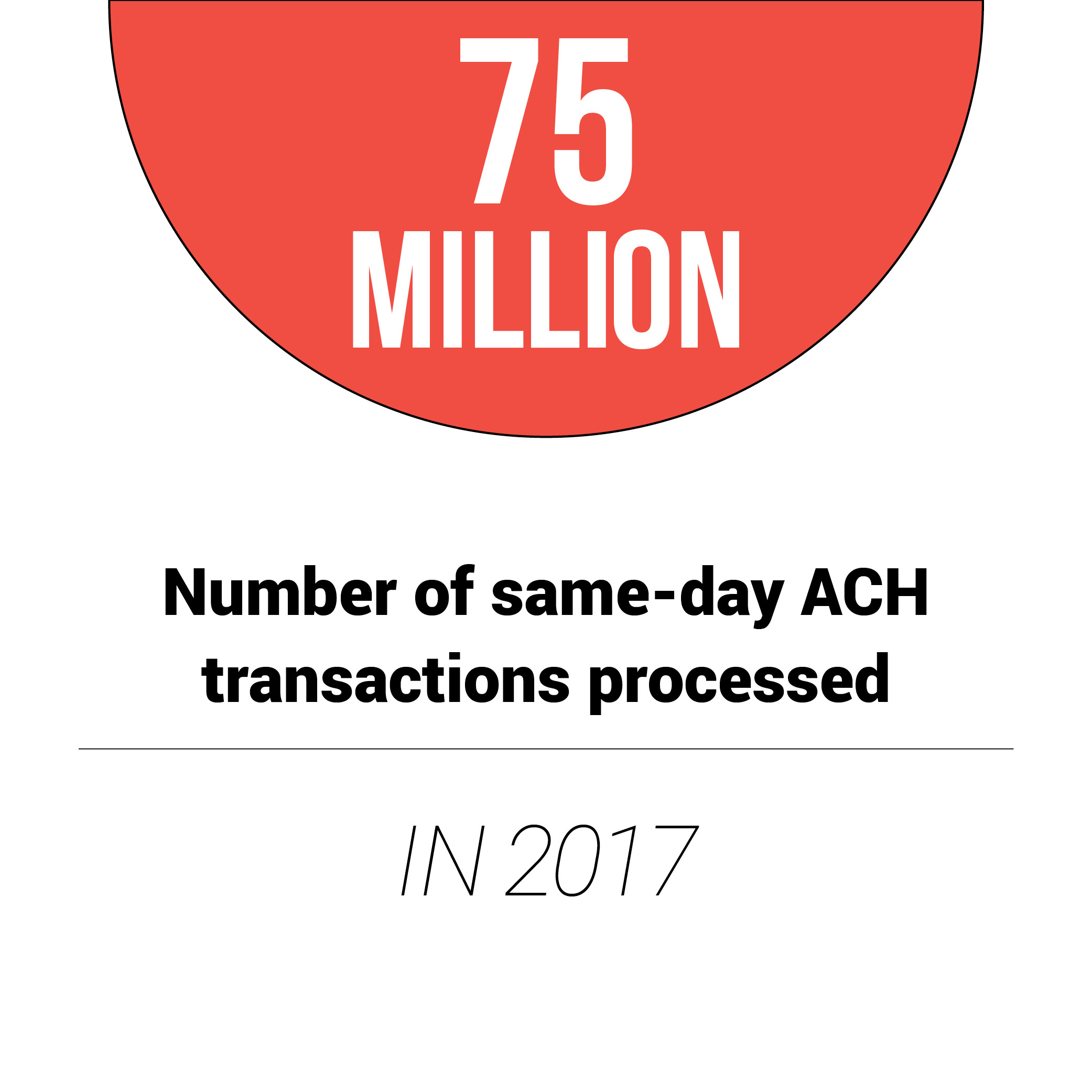TRENDING: What NPP — Australia’s Faster Payments System — Means For Payments Down Under
Around the world, rusty, decades-old payment systems are being left by the wayside as more countries roll out new payment infrastructures suited to the speed demands of modern industries and consumers, enabling payment transfers within seconds.
In the May Faster Payments Tracker, PYMNTS dives into Australia’s recently debuted domestic real-time payments scheme in a conversation with Adrian Lovney, CEO of NPP Australia. The Tracker also takes a look at new additions to existing faster payments schemes and the latest initiatives to send money instantly.
Around the Faster Payments World
The U.K.’s Faster Payments scheme, which debuted in 2008, is continuously growing, with several new participants signing on. Among them are the Durham, U.K.-based online-only Atom Bank, which moved all traffic across its retail deposit book to the scheme. Furthermore, TransferWise became the first non-bank payment service provider to directly connect and settle with the scheme.

That’s not the only payment system building its base. In the Netherlands, one of the country’s largest banks, ABN AMRO, signed a contract with SIA to use its network to connect with RT1, EBA Clearing’s pan-Europe instant payments infrastructure.
Meanwhile, in Asia, the central banks of Japan and Hong Kong are collaborating to interconnect their systems. The interconnection is slated to be live by 2021, at which point it’s expected to make cross-border trade and payments between the two markets quicker and easier.
Find the rest of the latest headlines in the Tracker.
Inside Australia’s New Payments Platform
A new faster payments infrastructure has arrived. Australia has officially joined the expanding club with the launch of its New Payments Platform in February.
Eight weeks into the rollout, PYMNTS caught up with Lovney to discuss the design decisions that went into the platform’s creation, as well as his expectations for what the future of international faster payment models may look like.
“[One thing I think we’ll see is] where international money transfers are conducted by new entrants – by disruptors – potentially using distributed ledger technology between countries,” Lovney said.
In this model, he predicted, an international fund transfer will move through its originating country using the local domestic faster payment rail and then get handed off to a third-party financial disruptor, which will then send the funds overseas. Once the funds arrive at the receiving country, they will be moved through that country’s domestic real-time payment rails.
For the full story, download the Faster Payments Tracker.